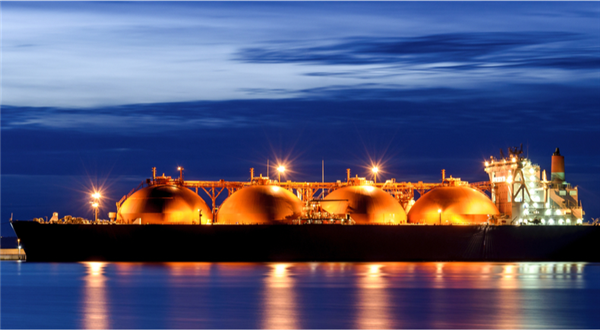Global LNG exports saw record growth in 2019
According to the BP Statistical Review of World Energy 2020, liquefied natural gas exports grew by 12.7% in 2019 driven by increased growth in US, Russia and Australia, the largest annual increase ever
LIQUEFIED natural gas exports grew by 12.7% in 2019 - the largest annual increase ever - driven by record increases from the US and Russia as well as continued growth from Australia, according to the BP Statistical Review of World Energy 2020.
The rapid growth in LNG led to a 4.9% increase in overall inter-regional gas trade, a rate more than double its 10-year average, the energy economist noted.
Meanwhile, gas production growth outpaced consumption by a considerable margin last year, and storage levels responded, increasing in most regions while prices fell sharply.
Most of last year’s increase in production was used to feed more LNG exports, which jumped year-on-year by 54 Bcm. US exports led the way, up 19 Bcm from 2018, followed by Russia at 14 Bcm and Australia with exports rising by 13 Bcm.
Henry Hub prices dropped almost 20% year-on-year to average $2.53, while European and Asian prices, as measured by the UK National Balancing Point (NBP) and the Japan Korea Marker (JKM), fell by more than 40%, BP said. NBP averaged $4.47 with JKM at $5.49.
“Prices in Europe, the region most affected by LNG oversupply, fell to their lowest levels since 2004,” BP conceded.
On the LNG import side, nearly all incremental supplies headed to Europe, in contrast to 2018 when Asia drove import growth
European LNG imports rose by 49 Bcm, representing an unprecedented 68% increase, it noted.
“Growth was widespread, with the UK (11 Bcm), France (10 Bcm) and Spain (7 Bcm) the largest individual contributors.”
Led by strong US growth, which accounted for almost two-thirds of the net global total, gas production grew by 3.4% last year. Supply also was lifted by strong growth in Australia and China.
Global natural gas consumption was also up by 2% as compared to the year before, but it was below the 10-year average and down sharply from the exceptional growth seen in 2018 of 5.3%.
“In volume terms, demand grew by 78 Bcm, led by the US at 27 Bcm and China at 24 Bcm,” BP estimated.
Still, US and Chinese gas consumption slowed last year from 2018 levels, as weather effects and the policy to drive coal-to-gas switching in China faded.
A decline in the number of unusually hot and cold days also contributed to a decrease in Russia’s gas consumption to 10 Bcm, the largest decline of any country last year, according to BP.



